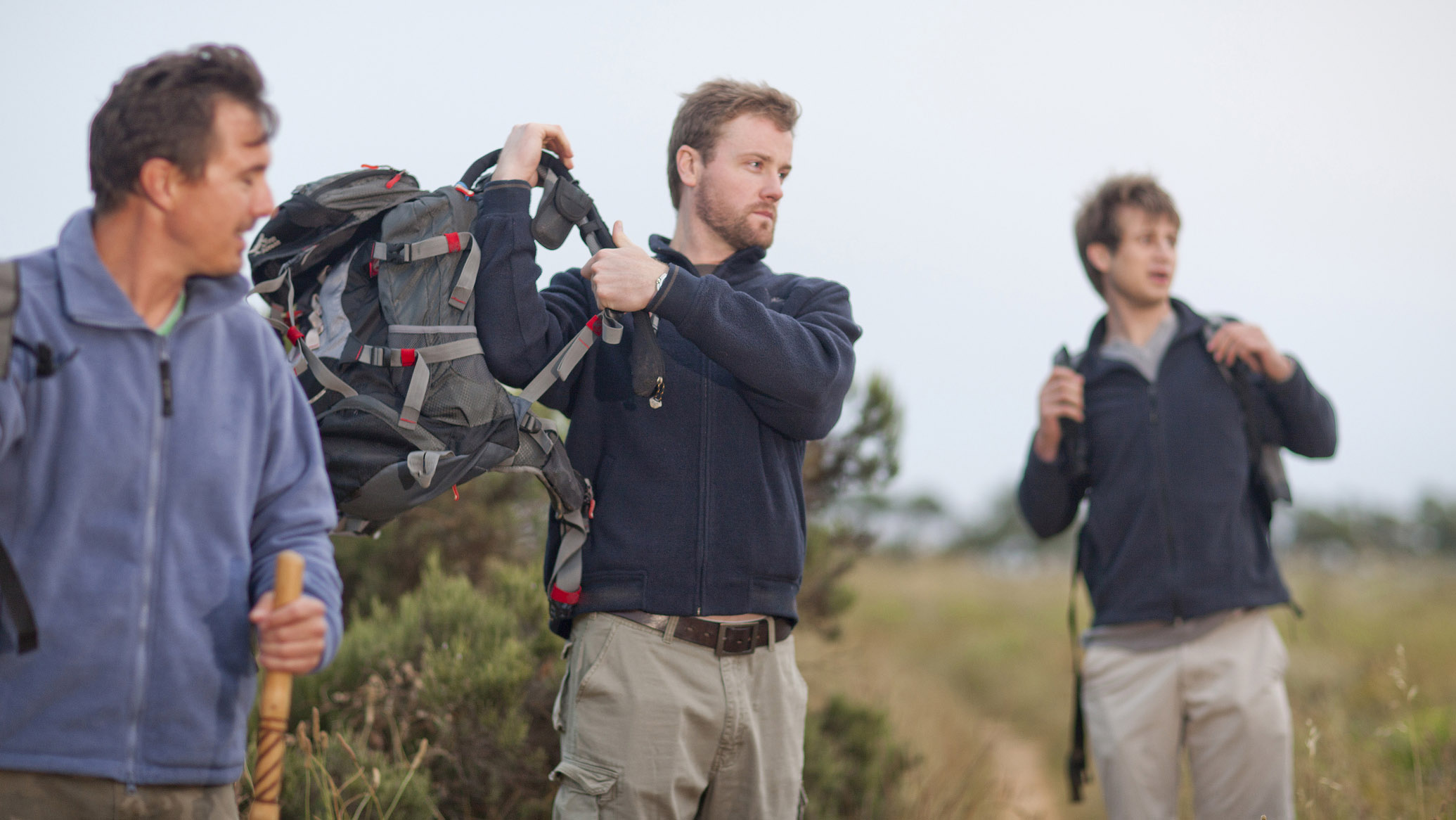What is a fleece jacket? An essential guide to the stalwart of your layering system
What is a fleece jacket? For adventurers, a fleece jacket is an essential piece of clothing, but what is this material these magical mid layers are made from?

What is a fleece? This magical material has woven its way into the consciousness and the wardrobes of pretty much anyone who ventures out in cold weather, be it the mountainside or the high street. Fleece tops, or polar fleeces as they are often known, are a staple of winter time for many of us. Soft, comfortable and breathable, they are the mid layer of choice for many. Yet, while people clearly appreciate the benefits of fleece, it is not without its pitfalls.
Fleece was introduced to the world by Polartec during the 1970s. This miracle fabric was lighter and less itchy than wool and outperformed sweaters and jumpers when it came to keeping you toasty when wet. Their other rival in the lightweight, yet cozy stakes is the insulated jacket, also a mainstay of adventure wear. However, fleece is less expensive than down and didn’t leave you looking like the Michelin Man.

The best fleece jackets work perfectly as an outer layer in mild conditions or slip under your hardshell jacket when the weather turns more challenging, just like a down jacket. However, what is fleece like in terms of sustainability? As is the case with down, fleece raises a few environmental flags. It’s a synthetic fabric that’s woven from polyester, a type of plastic derived from petrochemicals. Fleece’s polyester fibres gradually degrade given time and release miniscule microplastic filaments into the environment. Worse still, when you throw your jacket in the washing machine, these tiny microplastics end up in our rivers, seas and oceans. Not great.
Fortunately, outdoor brands are directly addressing these issues, with fleeces that now shed fewer plastic fibres and creating jackets made from fully recycled materials. It’s worth looking into the environmental credentials of any fleece you buy, as well as considering your intended use. For example, you may just want a thin layer to go beneath your waterproof jacket, or your might be after something warmer that will often act as your outer layer. In this guide, we detail the different fabric types to keep an eye out for.

What is a fleece: different fabric types
What is fleece, exactly? Originally, ‘fleece’ referred specifically to polar fleece, a synthetic fabric made from polyester. Today, however, a ‘fleece’ has become a catch-all term for pretty much any warm and cosy midlayer jacket that does the job of a traditional wool sweater, jumper or pullover. As such, you might find some ‘fleece jackets’ that aren’t actually made from polyester fleece at all, or which are a hybrid of synthetic and natural fibres (including wool). But the most common types of polyester fleece include:
Classic polar fleece which comes in different numeric weights – 100-weight fleece being the lightest, and 300-weight being the heaviest, with 200-weight fleece providing the traditional ‘sweet-spot’ between warmth and breathability.
Lightweight fleece is often referred to as microfleece. It uses a tightly woven pile that is very soft but also relatively thin, which ensures it remains comfortable and not too bulky.
Advnture Newsletter
All the latest inspiration, tips and guides to help you plan your next Advnture!
Gridded microfleece is a variant of this fabric. It contains a grid pattern of channels that are designed to permit greater airflow, ensuring optimum breathability for active use. It also ensures minimum bulk. As such, it is usually employed in lightweight garments designed for going ‘fast and light’.
Heavier weight fleece fabric is often called shearling or pile fleece. It is warm but bulky, with a distinctive fuzzy, wool-like look. It is generally only used for jackets designed for static use, or for more casual wear. Its retro style means it has recently seen a bit of a comeback though.
High-loft fleece is a super-fluffy fleece that uses long synthetic fibres to trap as much warm air as possible – a bit like animal fur. It generally offers the best warmth for weight of any fleece fabric, and is therefore used in situations that demand plenty of warmth with minimal weight – like Alpine climbing, for example.
One of the disadvantages of fleece fabric is that it tends to pill (go fuzzy) over time. Because fleece has a very soft handle, it can also wear out. Hardface or techface fleece was developed to combat these problems, as well as to improve fleece’s overall lack of weather resistance. It has better abrasion resistance and water repellence than classic fleece, and some garments also add a DWR (durable water repellent) treatment to add even greater water resistance. The smooth, shiny surface of hardface fleece also makes it good for layering, as it slides more easily underneath other garments (like a windproof or waterproof shell).
Thermal Pro was developed by Polartec, the original inventor of polar fleece. It is available in different forms but often has a knitted face rather than a pile, which gives it a more appealing look and feel without losing fleece’s technical characteristics. Like hardface fleece, it is also a little more durable and resistant to pilling.
Power Air is another proprietary fleece fabric from Polartec designed to counter the issue of microfibre shedding. According to the manufacturer, it sheds up to 5x less than other mid-layer fabrics, marking a real step forward in reducing the environmental impact of fleece.
An outdoors writer and editor, Matt Jones has been testing kit in the field for nearly a decade. Having worked for both the Ramblers and the Scouts, he knows one or two things about walking and camping, and loves all things adventure, particularly long-distance backpacking, wild camping and climbing mountains – especially in Wales. He’s based in Snowdonia and last year thru-hiked the Cambrian Way, which runs for 298 miles from Cardiff to Conwy, with a total ascent of 73,700 feet – that’s nearly 2½ times the height of Everest. Follow Matt on Instagram and Twitter.

